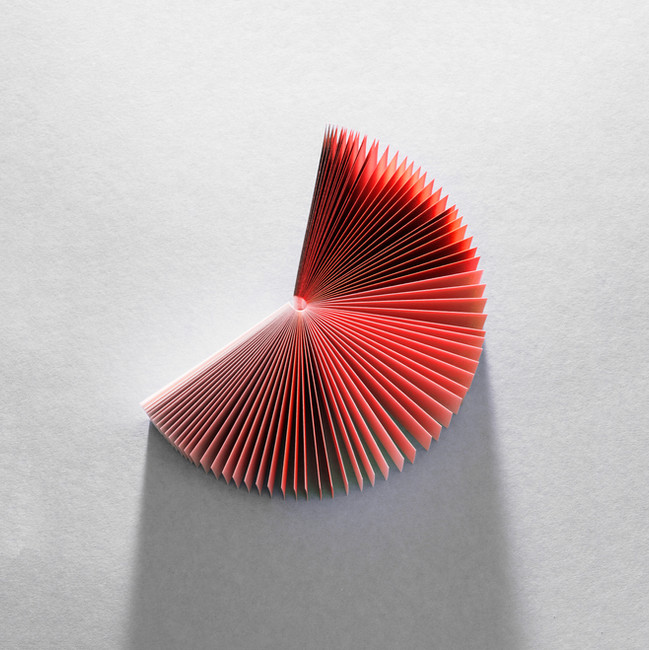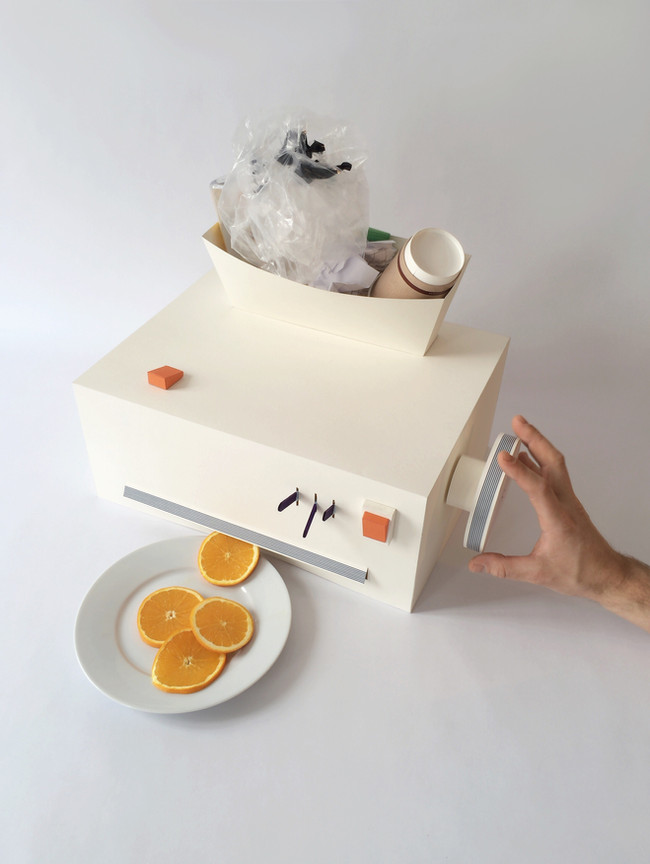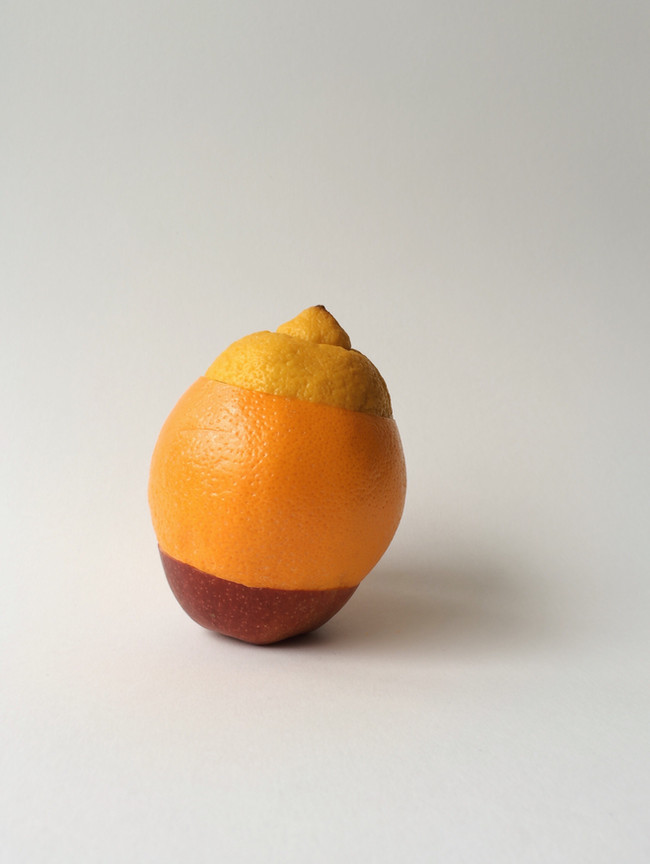A Triumvirate of Simplicity and Expression
Architecture, minimalism, and modern art form a powerful triumvirate, intersecting at the intersection of simplicity and expression. Each discipline embodies the essence of contemporary design principles while embracing the concept of "less is more." Together, they create a harmonious dialogue that celebrates clean lines, open spaces, and the beauty of simplicity.
In architecture, minimalism represents a departure from the ornate and decorative styles of the past. It is a response to the need for functional, efficient spaces that prioritize the human experience. Minimalist architecture emphasizes clean, geometric forms, the use of natural materials, and an emphasis on light and space. This approach allows buildings to embody a sense of tranquility, simplicity, and timeless elegance.
Similarly, minimalism in modern art shares a similar ethos. It seeks to strip away the superfluous and distill the essence of an idea or emotion to its purest form. Artists like Piet Mondrian, Donald Judd, and Dan Flavin embraced minimalism, creating works that feature geometric shapes, monochromatic color palettes, and precise compositions. The simplicity and austerity of their pieces invite viewers to engage with the fundamental elements of line, color, and form, evoking a sense of calm and contemplation.
When minimalism in architecture and modern art converge, a powerful synergy emerges. The clean lines and geometric forms of minimalist architecture find resonance with the precise compositions and minimalistic aesthetics of modern art. The emphasis on simplicity and reduction in both disciplines creates a visual and spatial harmony that transcends individual mediums.
In architectural spaces inspired by minimalism and modern art, the interplay between light and space takes center stage. Minimalist interiors often feature large, uncluttered spaces bathed in natural light, creating a sense of openness and serenity. The sparse use of furniture and décor allows the architecture itself to become the focal point, while carefully curated art pieces contribute to the visual dialogue. The resulting atmosphere is one of tranquility and introspection.
Moreover, minimalism and modern art in architecture provide a canvas for personal expression and individual interpretation. Each viewer, occupant, or visitor can experience the space or artwork in their unique way, drawing upon their own emotions, memories, and perceptions. This interplay between the built environment and human experience fosters a deeper connection between the observer and the space, transcending mere functionality.
The combination of architecture, minimalism, and modern art exemplifies the power of simplicity and reduction in design. It challenges preconceived notions, embraces the essential, and encourages contemplation. Through minimalism, architecture and modern art forge a connection that allows us to appreciate the purity of form, the elegance of simplicity, and the profound impact of open spaces.
As the world becomes increasingly complex and fast-paced, the marriage of architecture, minimalism, and modern art reminds us of the importance of balance, serenity, and thoughtful design. It invites us to pause, reflect, and appreciate the beauty that lies in simplicity. Together, they inspire us to create spaces and experiences that celebrate the essential and resonate with the human spirit.







